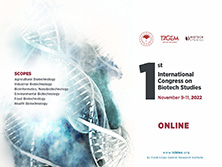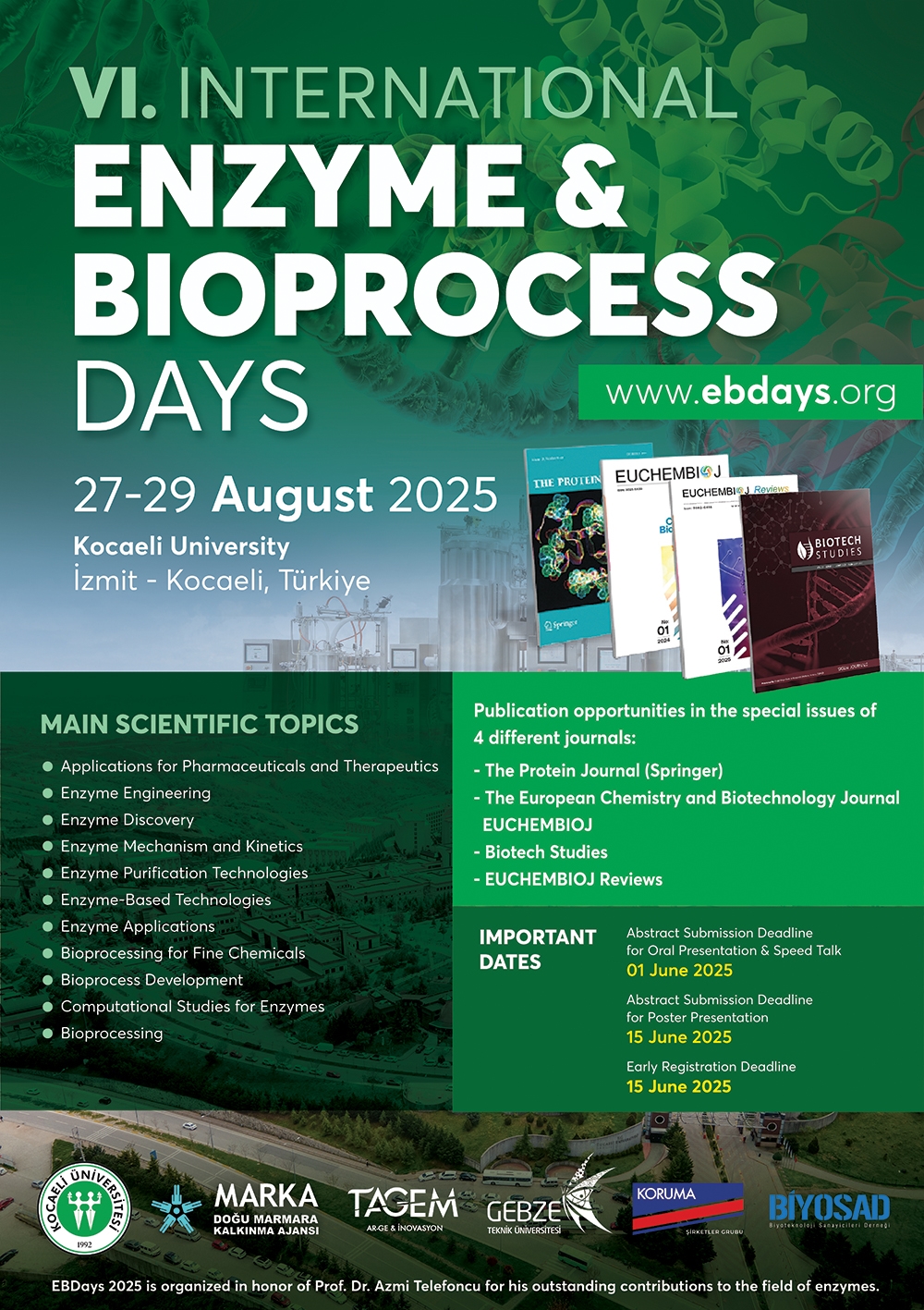Biotech Studies
2016, Vol 25, Num, 2 (Pages: 055-060)
Effects of Different Irrigation Interval and Irrigation Level on Quality of Sugar Beet
2 Toprak Gübre ve Su Kaynakları Merkez Araştırma Enstitüsü, Ankara
3 Tarım Reformu Genel Müdürlüğü, Ankara
4 Harran Üniv., Ziraat Fakültesi, Tarla Bitkileri Bölümü, Şanlıurfa DOI : 10.21566/tarbitderg.281843 - This study was carried out in order to determine different irrigation day intervals and irrigation levels on sugar beet quality parameters using drip irrigation under ecological conditions of Konya Plain in 2008 and 2009 years. The drip irrigation system is designed to irrigate two crop rows with one lateral line. Coyote cultivar (Beta vulgaris var. Coyote) was used in the randomized split block experimental design with three replications. Evaporation from Class A Pan has been used for determining the amount of irrigation water. The treatments were irrigation intervals (4-8-12 days) and the rates of the accumulated Class A Pan evaporation (K1=1.25, K2=1.00, K3=0.75 and K4= 0.50). According to our results, the amount of irrigation water in the treatments ranged from 279 mm to 668 mm, water consumption amounts between 520 mm and 827 mm sugar content from 17.51% to 15.35%, K amounts between 2.09 and 2.84 with Na amount of 0.71 αN amounts between 1.29 and 1.59 to 2.76. Our statistical evaluations indicated that different irrigation programs have a significant effect (p<0.01) on the quality of sugar beet. Keywords : Sugar beet, drip irrigation, sugar ratio, irrigation interval class A pan
















